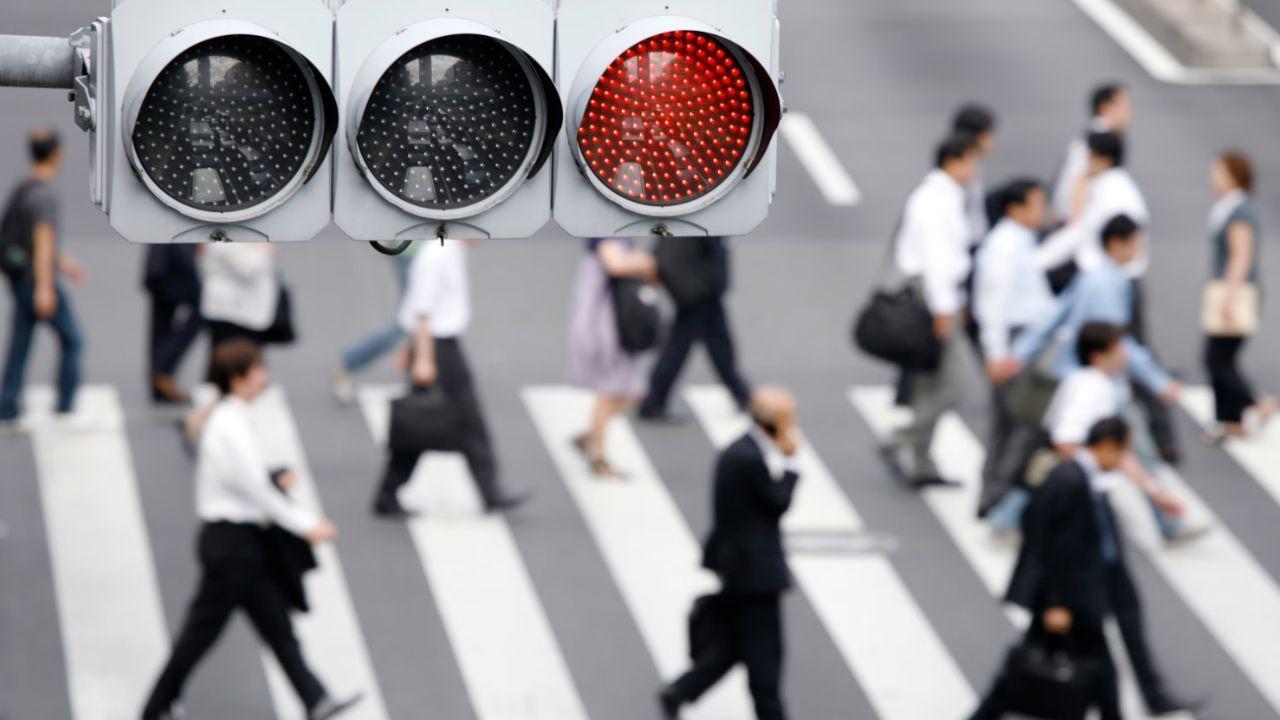
Post by : Priya
Photo:Reuters
Singapore, one of the most advanced cities in the world, has taken another major step in building a cleaner, smarter future. The city-state has launched a new smart traffic system designed to ease traffic jams, make public transport faster, and reduce the amount of harmful smoke from vehicles. This new system is expected to change the way people move across the city while helping Singapore meet its environmental goals.
Why the System Was Needed
Traffic congestion has been a growing problem in major cities around the world. In Singapore, while the roads are well-planned and public transport is among the best globally, traffic can still slow down during busy hours. Cars that idle in traffic jams release more smoke, adding to air pollution. Long travel times also hurt productivity and affect people’s daily lives.
Singapore’s government has long focused on managing traffic through planning, rules, and public transport improvements. But now, it has moved a step further by using real-time road information to manage traffic better.
The new smart traffic system is not just about technology. It’s about solving real problems in real-time, helping the environment, and making daily life easier for everyone.
What the New System Does
The new traffic system is based on smart tools that can react to changing traffic conditions. Thousands of road sensors, traffic cameras, and GPS trackers collect live data from roads and vehicles. This data is then studied instantly to guide traffic signals.
Here’s what the system can do:
Adjust Traffic Lights Automatically: If one road is busy and another is clear, the green light can stay longer to help traffic move. This reduces waiting time at signals.
Help Buses Move Faster: Buses that are full or running late can get priority at junctions. The traffic lights can turn green just a bit earlier to let the bus pass quickly.
Spot Problems Early: If there’s an accident or sudden jam, the system can see it right away and suggest other routes to drivers before the problem gets worse.
Give Live Updates to the Public: Drivers and commuters can get real-time updates on their phones or from digital road signs, helping them choose better routes.
A Step Toward Cleaner Air
One of the most important goals of this new system is to reduce air pollution. Cars and trucks burn more fuel when they stop and start often in traffic jams. That creates more harmful fumes, which are bad for health and the environment.
By keeping traffic flowing smoothly, the system helps vehicles move at a steady pace. That means less fuel burned, fewer emissions, and better air quality. Public buses, which carry many people, will also move faster, making them more attractive than private cars. This encourages people to leave their cars at home, which cuts even more pollution.
This traffic system supports Singapore’s Green Plan 2030, which aims to build a cleaner, more sustainable city. Lowering transport emissions is a big part of that plan.
What It Means for the People
For most people, the biggest question is: how will this system affect me?
For drivers:
You can expect shorter wait times at signals, fewer unexpected jams, and more reliable travel times. This can lower stress and make driving smoother, especially during rush hour.
For bus riders:
Buses should run more on time and move faster through busy areas. That makes public transport more reliable and attractive, especially for those who need to be at work or appointments on time.
For cyclists and pedestrians:
The new system also helps non-drivers. It adjusts signal times at crossings based on how many people are waiting. That makes it safer and easier to walk or cycle across roads.
For delivery services and businesses:
Faster traffic means quicker deliveries, fewer delays, and lower fuel costs. It also means that goods can reach shops and customers faster, helping the economy.
How the System Works in Simple Words
Here is how the smart traffic system works in an easy-to-understand way:
Sensors and Cameras watch the roads and count the number of cars, buses, and even pedestrians.
A Central Control Room receives all this live data.
Smart Software looks at the data and decides what to do. It can change signal times, suggest other routes, or alert officers if there’s a problem.
Traffic Lights follow these commands, changing red and green times based on how busy each road is.
Apps and Digital Signs show updates to help drivers and passengers make better choices.
This process happens every few seconds, all day long, across the busiest parts of the city.
Where and When It’s Happening
The system has been launched in stages, starting with some of Singapore’s busiest roads and junctions. These areas were chosen because they often face heavy traffic and can benefit most from faster signal changes.
In the coming months, the system will expand to other parts of the city. Over time, it is expected to cover all major roads, making the entire transport system smarter and more responsive.
Authorities say they will keep improving the system based on feedback and results. That means regular updates to the software, better sensors, and even faster responses.
Safety, Privacy, and Trust
Some people may wonder if this system watches individuals or tracks private information. Officials have said clearly that the system only collects traffic flow data. It does not record personal details or driver identities.
The goal is to manage movement, not monitor people. Cameras and sensors count vehicles and measure traffic speeds. This helps with planning, not spying.
Singapore has always been careful about privacy, and this system follows strict rules to protect public trust.
Singapore traffic system
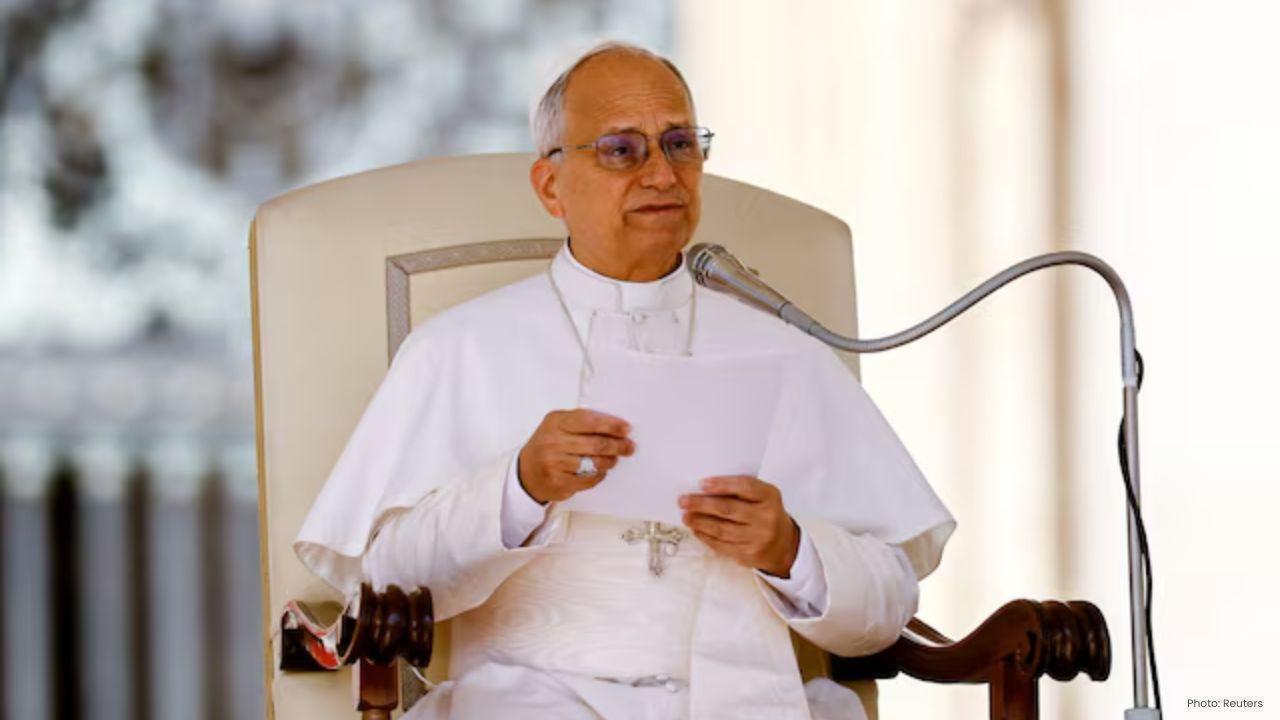

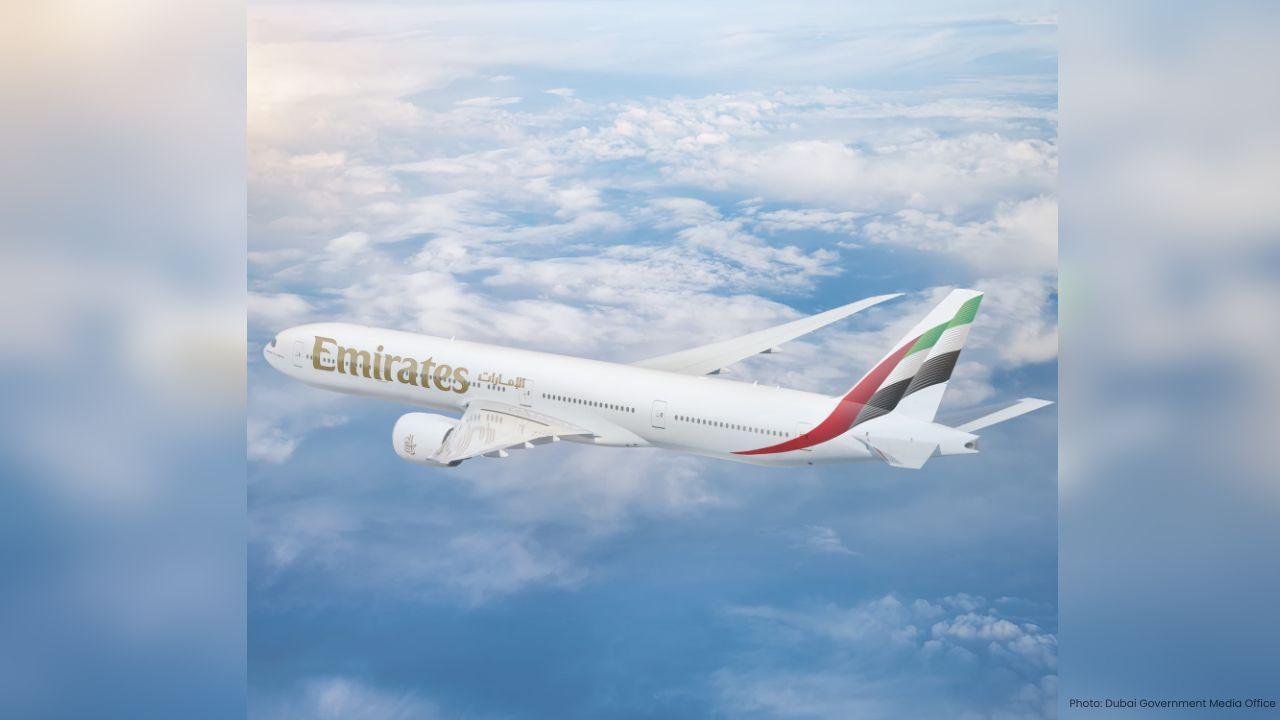
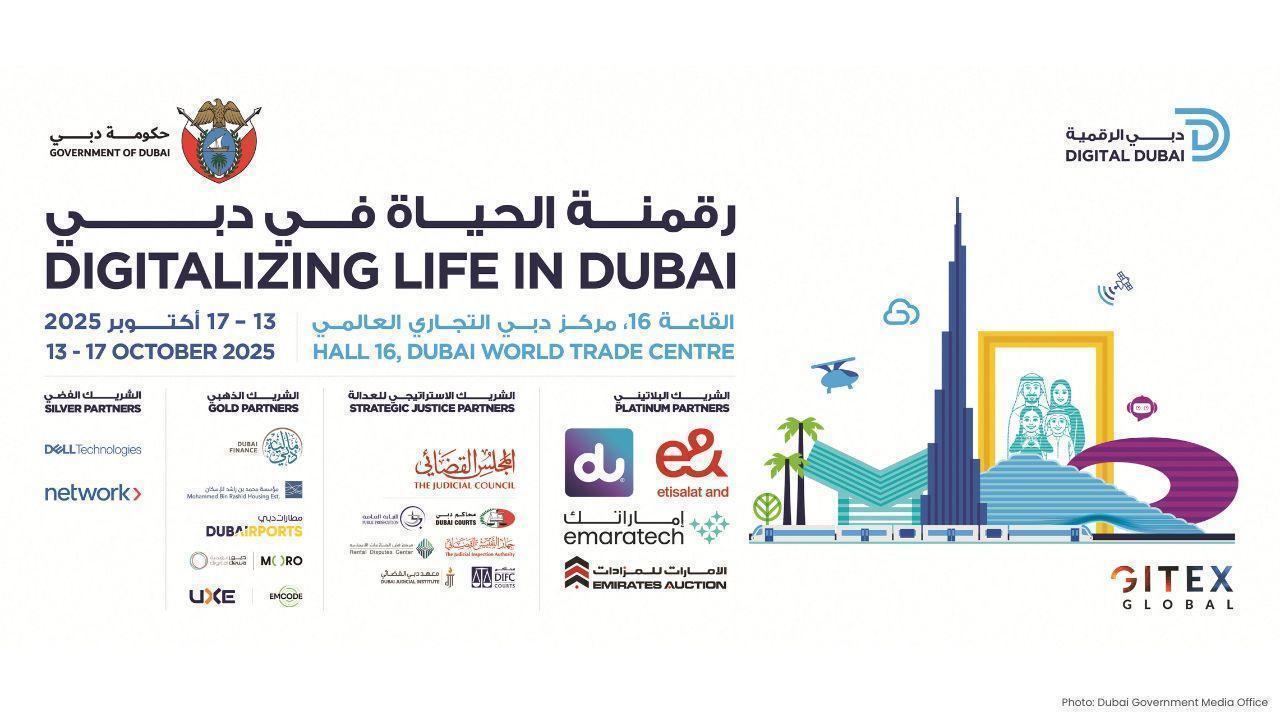
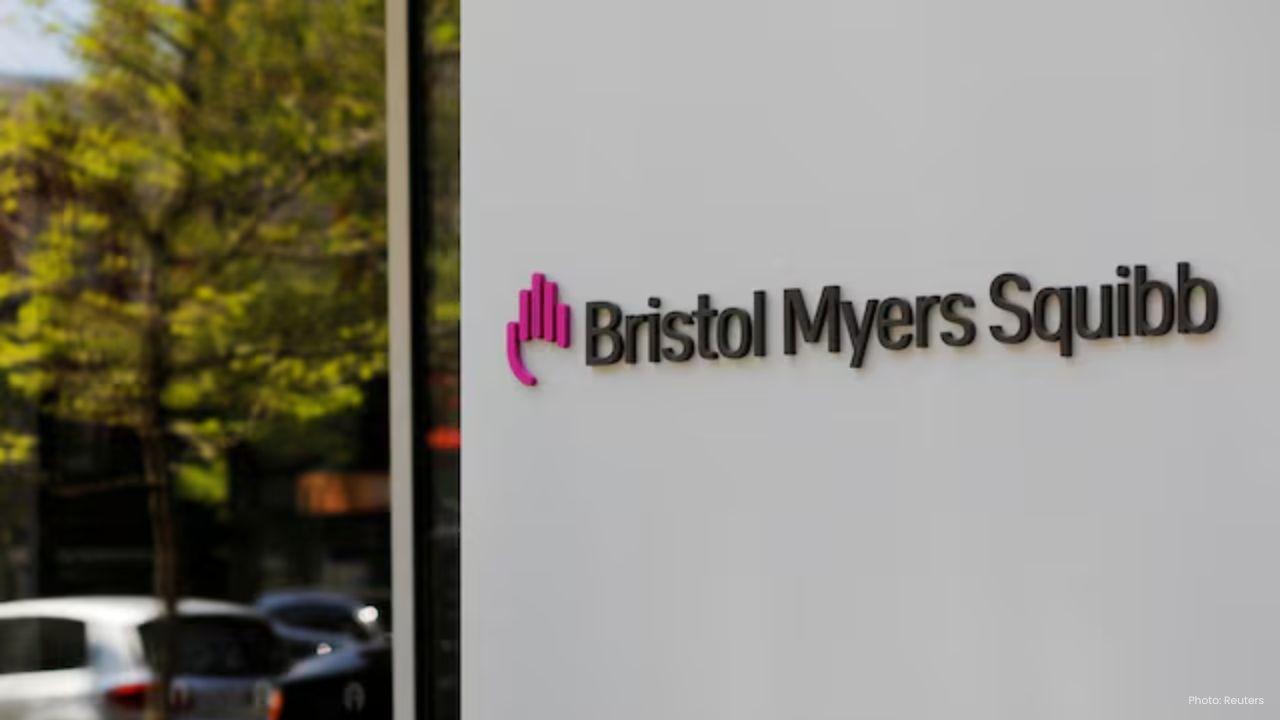


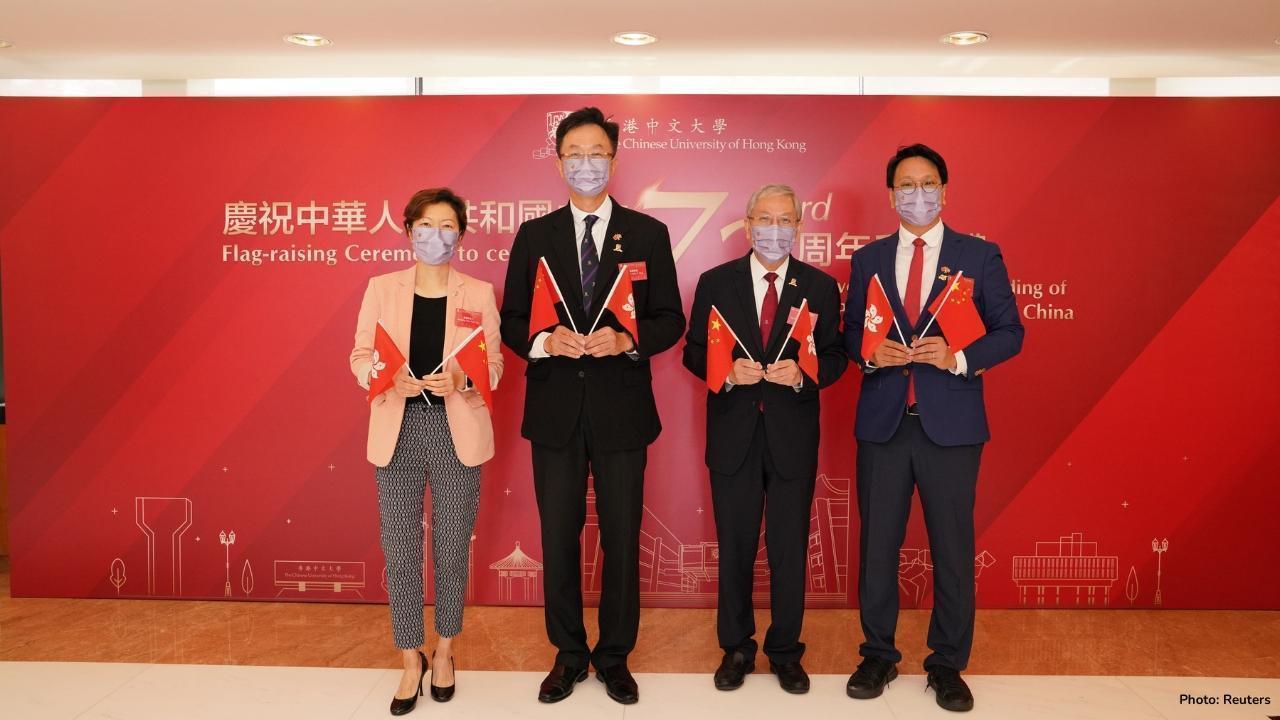


Dodgers Win Game 1 of Wild Card Series Against Reds
The Dodgers beat the Reds 10-5 in Game 1 of the Wild Card Series. Ohtani and Hernández hit two home

Tyreek Hill Suffers Major Knee Injury, Out for the Season
Miami Dolphins' star receiver Tyreek Hill tears ACL and other ligaments in win over Jets; season-end

China Raises Flag at Disputed Shoal in National Day Ceremony
On China’s National Day, its coast guard held a flag ceremony at Scarborough Shoal, asserting contro

Netanyahu Bets Big on Trump’s Gaza Plan, Faces Home Risks
Netanyahu supports Trump’s Gaza peace plan to regain global support, but his far-right partners in I
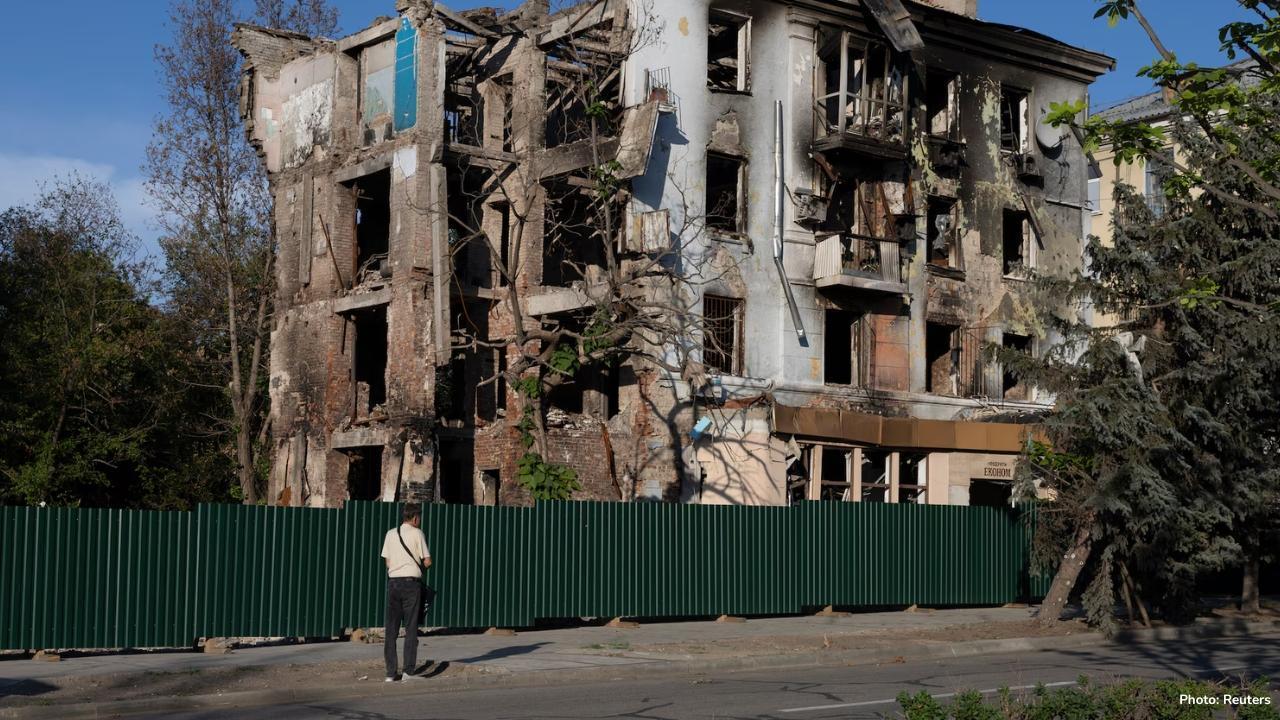
Ukraine’s frontline cities face fear but refuse to give up
In Ukraine’s frontline towns, people live with fear and danger daily, yet they show courage, refusin

US Government Shuts Down After Congress Fails to Agree
On October 1, 2025, the U.S. government began a partial shutdown due to Congress's inability to pass